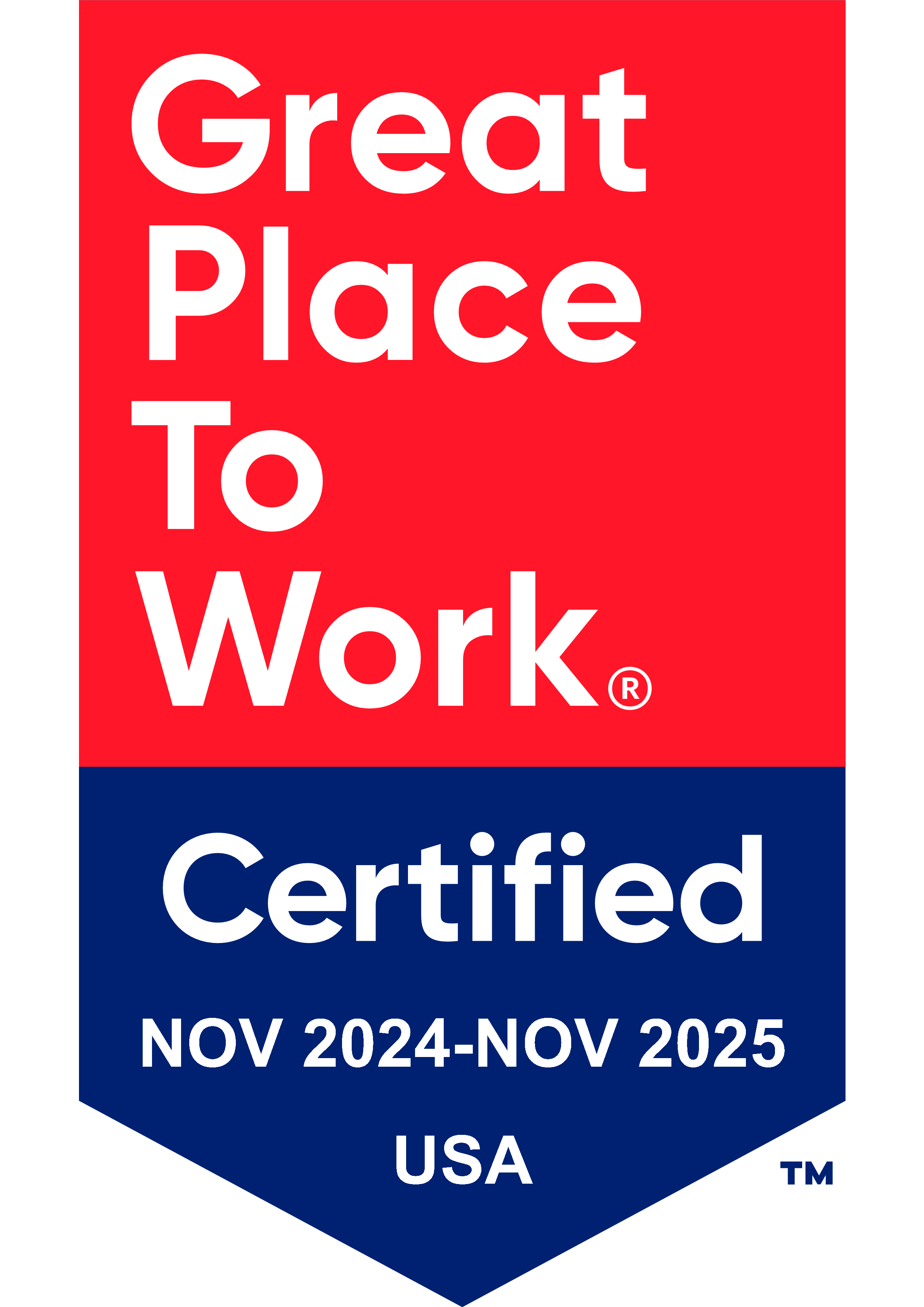Working from home has become more popular and accepted for businesses over the past couple of years, and now almost any business that only requires a computer and network access can utilize this new work format. This past April, I had the opportunity to attend the PowerShell + DevOps Global Summit and sit on a panel with other remote workers like myself to discuss The Challenges of Working with Remote Teams. We talked about what has worked for us to help keep team engagement, morale, collaboration, and inclusiveness alive, while also recognizing the importance of supporting mental health and engagement when virtual. I found out that most of the panel shared similar opinions, and we were able to examine what hasn’t worked for us over the years. I’ll be sharing insights from these discussions, as well as our findings on what remote work is and how to combat any obstacles that arise when transitioning to this new model.
What Is Remote Work, and Why Does It Matter?
Remote work changes not only how we approach a work-life balance, but also how we converse with our coworkers and measure productivity. People now work from home in a variety of ways — at home, in coffee shops, co-working facilities, and even while on the move.
To be an efficient remote employee, it’s not necessary to have a complex work-from-home setup, though a dedicated workspace is encouraged. Your attitude toward remote work is more crucial than having the best chair, triple monitor setup, or 4k webcam, though these may add a little flare to the experience. For some transitioning to remote work for the first time, the changes may be straightforward, while others may struggle with establishing and optimizing new work routines as well as adjusting to working outside of a bustling office of coworkers.
How to Get the Job Done at Home While Keeping an Open Mind
Employees should understand remote work is not for everyone. A dedicated workspace is crucial to being successful at your job in a remote environment. Not everyone has the means or can create a productive space in their home and thus may need to rely on an in-office work environment.
When working from home, you might have the feeling of needing to be available 100% of the time. However, this pressure to always be accessible is one of the most common ways to fall victim to burnout. It can push you to continue working beyond the normal workday, which is why it’s important to establish a clear separation between work hours and personal hours. New remote workers should learn that not every message warrants an immediate response. Make use of your calendar and block off focus hours to get work done. It’s very easy to be sidetracked from outstanding work items while navigating meetings and responding to new requests, conversations, emails, and chat messages. If your status shows as “Available,” then you are more likely to be pulled away from your current work items. Take advantage of the “Do Not Disturb” status — this will allow you to set a few hours throughout your day to focus on getting outstanding items complete. Establishing focus hours to complete outstanding work tasks will help provide the feeling of finishing a meaningful workday which can allow you to break away more easily from the screen and enjoy your personal time after work. If you find yourself becoming overwhelmed and needing to reset, remember that you have vacation time. Use your PTO and get away from your screen! It’s easy to fall victim to staying in front of your screen past the end of the business day. Give yourself a break and schedule a vacation away from your desk.
Remote workers may also feel pressured by the Fear of Missing Out, otherwise known as FOMO. We all suffer from it from time to time. In-office activities may make the average remote worker feel left out of the team. How do we combat this? One common method is to simply get to know your team. Join “watercooler” meetings or events held by your organization. Most importantly, turn on your camera. It’s hard to develop a relationship with a circle with someone’s initials. Show your face in your meetings and you might find that you will bring a little life into your conversations.
There is no “cookie cutter” method or “Golden Path” to being a good remote worker. Understand that everyone has their own way of doing things, so you must find what works best for you because there is more than one way to be successful at your in-home office. Although it is in “best practice” to have a designated workspace, you are not confined to your desk. There are benefits to working in your home, so make use of your house and migrate to your dining room or out on your patio to get some fresh air, while catching up on some emails. Have five minutes before a meeting? Start a load of laundry or take out the trash, beforehand.
A common obstacle amongst remote workers that they may not often talk about with their coworkers is impostor syndrome: They don’t feel like they’re cut out for their job. They’re not the best person for the position. They feel like they must keep up a façade of vast knowledge. If you have ever thought these things — you are definitely not the only one who has ever experienced this. It is okay not to know something, so own what you do not know! That is the best way to learn something new. Having the drive to undertake a new challenge and overcome it is exactly why you are the best person for your role. It’s okay to experience these moments where a task is overwhelming. Talk yourself through these feelings and remember your journey so far. You’ve come too far to let your own thoughts stop you from being a remote rockstar.
Whether You’re Adopting a Full-Time or Hybrid Model, Remote Work Is Here to Stay
Thanks to the world’s largest experiment of implementing long-term remote solutions in response to the COVID-19 pandemic, remote teams have learned new ways to connect, establish different productivity habits, and adopt tools and technologies for remote collaboration. Creating a remote infrastructure that works across your organization is a bigger task than most people realize. A complete understanding of corporate culture is very important, and a well-structured telecommuting strategy is also important.
How Businesses Can Embrace Remote Work
After setting well-defined business goals, leadership teams need to establish new work styles and remote work practices. Some companies may choose to hold weekly virtual team meetings and set remote productivity standards to improve collaboration in the workplace. Many companies have opted for a hybrid-remote work culture where employees can decide to be based out of the office on some days and work from home on other days. Should they decide to permanently keep a work-from-home or hybrid model, companies need to clarify how well they can support remote work in the long run. Staffing rules and recruitment procedures need to be updated to accommodate new remote work habits. Remote work is here to stay, so short-term fixes will not help. Teams, both in-office and remote, benefit from a virtual workspace that streamlines workflows and makes it easy to collaborate, and thus organizations should consider rethinking their business models, organizational culture, and strategies to develop long-term plans.

 by
by 





























